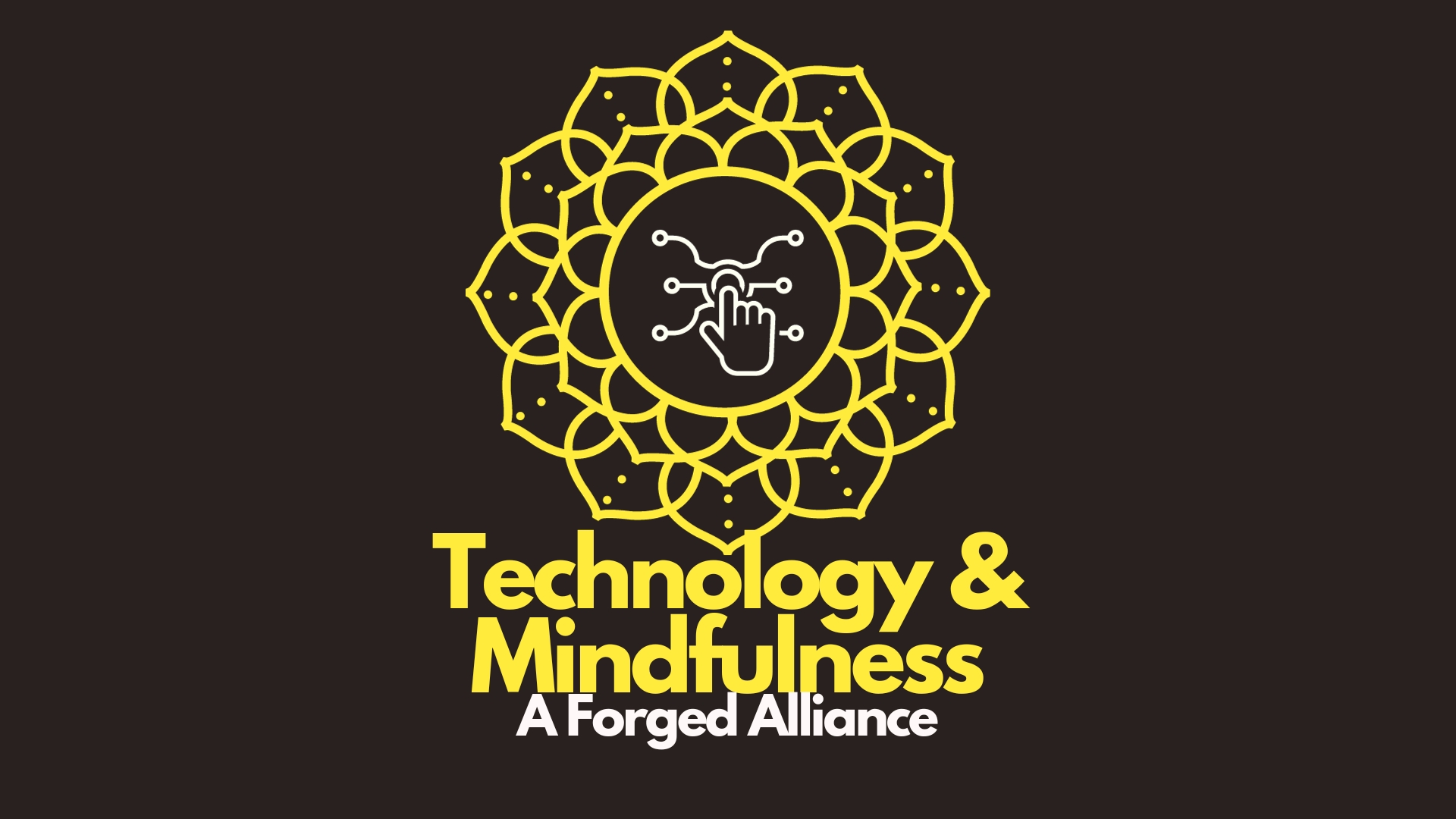Published
- 4 min read
The Intersection of Technology and Mindfulness

Introduction
In the hustle and bustle of today’s fast-paced world, the quest for mental serenity has never been more paramount. At the juxtaposition of ancient wisdom and modern marvel, technology and mindfulness have forged a unique alliance. But what happens when the age-old practice of mindfulness meets the digital frontier? This union is crafting a new narrative in our approach to mental wellness, embodying a modern harmony that holds a promise of a balanced life amidst the digital chaos.
Historical Context
The Origins of Mindfulness:
Mindfulness, a mental state achieved by focusing one’s awareness on the present moment, has its roots deeply embedded in ancient Buddhist traditions. It’s a practice that has provided solace to humans for centuries, a refuge from the storms of everyday existence.
The Technological Tide:
On the other side of the spectrum, technology has been the harbinger of modernization, intertwining with every fabric of our daily lives. But as technology burgeoned, so did the skepticism towards its blend with mindfulness. Could the essence of mindfulness survive the digital touch?
Tech-Enabled Mindfulness
The digital realm has opened doors to mindfulness practices, making them more accessible, interactive, and personalized.
Mobile Applications:
- Accessibility: Apps like Headspace and Calm have demystified mindfulness, making it accessible to anyone with a smartphone.
- Features: From guided meditations to breathing exercises, these apps offer a gamut of mindfulness practices at your fingertips.
Wearable Technology:
- Real-time Feedback: Wearables like the Fitbit provide real-time feedback on stress levels, promoting mindfulness in response to body cues.
- Promoting Mindfulness: By monitoring physiological signs of stress, wearables encourage individuals to engage in mindfulness practices to restore balance.
Virtual Reality (VR) and Augmented Reality (AR):
- Immersive Experiences: VR and AR create immersive mindfulness experiences, transporting individuals to serene landscapes for meditation.
- Benefits and Limitations: While offering a unique immersive experience, the accessibility and cost of VR and AR gear can be a limiting factor for many.
Benefits and Challenges
The marriage of technology and mindfulness isn’t without its share of criticisms and challenges, yet the benefits are tangible and manifold.
- Accessibility: Technology has broken geographical and logistical barriers, bringing mindfulness to the masses.
- Personalization: Digital platforms offer personalized mindfulness experiences tailored to individual preferences and needs.
- Engagement: Interactive features enhance engagement, making mindfulness practices enjoyable and effective.
Criticism and Challenges:
- Authenticity Concerns: Critics argue that the commercialization of mindfulness through apps and gadgets may dilute its essence.
- Privacy Issues: Data collected by mindfulness apps and wearables could raise privacy concerns, a topic that’s often under-discussed in the mindfulness tech space.
Future Prospects
The horizon of tech-enabled mindfulness is broad and holds promise for a balanced co-existence.
AI and Mindfulness:
- Personalized Guidance: AI could offer personalized mindfulness guidance, adapting to individual progress and preferences.
- AI-driven Platforms: Future platforms could utilize AI to create dynamic mindfulness programs, evolving with the user over time.
Community Building:
- Virtual Communities: Technology can foster virtual communities, providing a support system for individuals on their mindfulness journey.
- Collective Mindfulness: Virtual group meditations and forums could promote collective mindfulness, enhancing the sense of community and shared experiences.
Educational Aspect:
- Learning Resources: Technology can provide a plethora of resources for learning mindfulness techniques, understanding the science behind it, and exploring its benefits.
Case Studies
The real-world benefits of tech-enabled mindfulness are not just theoretical but have manifested in various cases.
- Individual Benefits: Stories of individuals overcoming stress, anxiety, and other mental hurdles through tech-enabled mindfulness practices.
- Community Benefits: Examples of virtual mindfulness communities providing support and encouragement to members, fostering a culture of mental wellness.
Conclusion
As we navigate through the digital cosmos, the fusion of technology and mindfulness appears as a beacon of hope for maintaining mental equilibrium. This modern harmony is not just a testimony to human adaptability but also a call to explore the uncharted territories where tradition meets innovation. While challenges persist, the potential benefits of tech-enabled mindfulness are boundless. As we stride into the future, this modern alliance invites us to redefine our approach to mental wellness, painting a promising picture of a balanced life in a digital world.